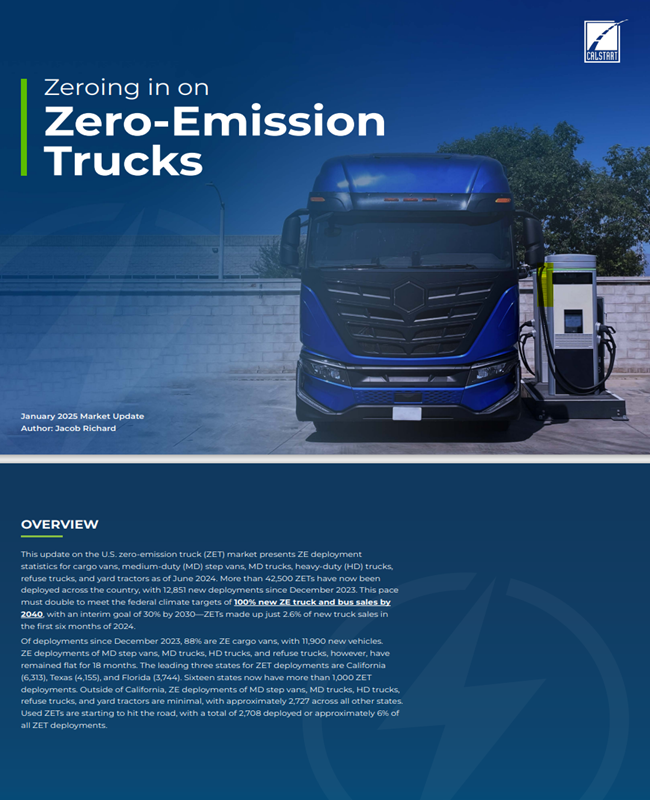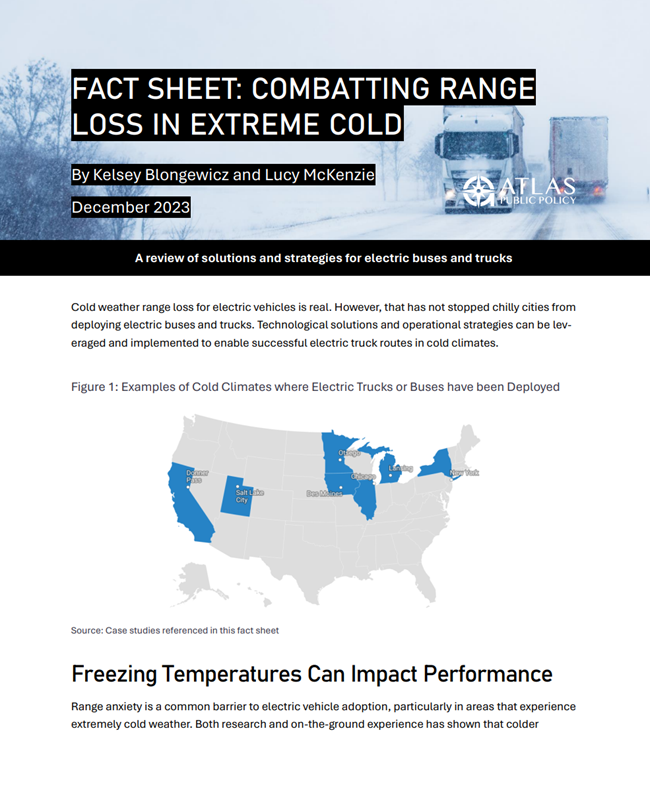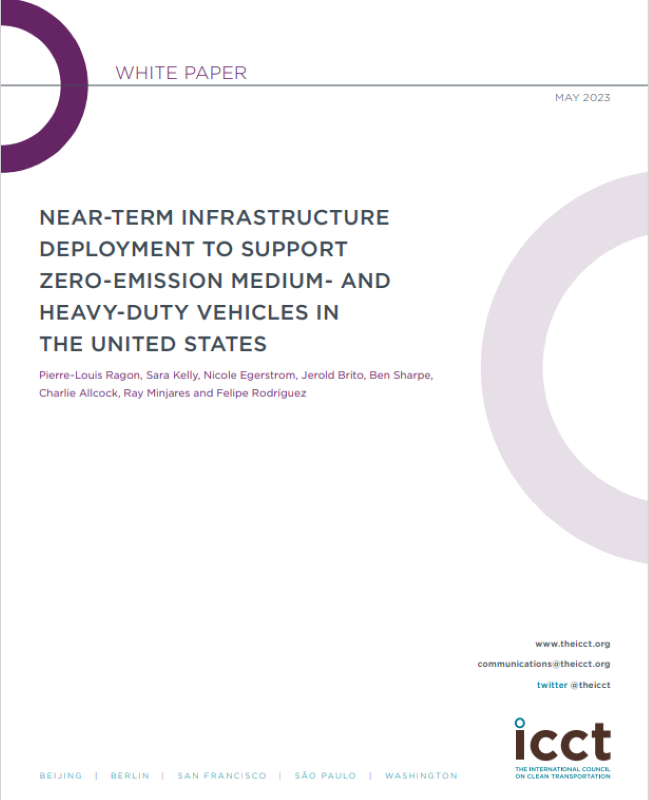Ready for Work 2.0: On the Road to Clean Trucks
Serena Parve2025-03-02T18:46:22-05:00This paper highlights and explores some of the opportunities and barriers to transportation electrification, with a particular focus on accelerating MHDV electrification in the near term.









